
District Srinagar is the summer capital of Jammu and Kashmir (UT). It is situated in the centre of the Kashmir Valley on the banks of the Jhelum River and is surrounded by four districts and Ladakh UT. In the north it is flanked by Ladakh (UT) and Ganderbal in the South by Pulwama in the north-west by Budgam. The capital city of Srinagar is located 1585 meters above sea level. The city is famous for its gardens, lakes and houseboats. It is also known for traditional Kashmiri handicrafts and dried fruits.
The city is located on both the sides of the Jhelum River, which is called Vyath in Kashmir. The river passes through the city and meanders through the valley, moving onward and deepening in the Dal Lake. The city is famous for its nine old bridges, connecting the two parts of the city.
Gulmarg has been a resort for the kings like Yousuf Shah Chak and Jahangir who used to visit frequently. The old name of Gulmarg was “Gaurimarg”, the name of Lord Shiva’s wife. Yousuf Shah Chak changed its name to Gulmarg, meaning the place of roses. During the early part of the 20th century the famous Central Asian explorer Sir Marc Aurel Stein (1862–1943), made his home here in a tent between his expeditions. It was a favourite summer holiday destination for the British stationed in India
Hokersar is a wetland situated near Srinagar. Thousands of migratory birds come to Hokersar from Siberia and other regions in the winter season. Migratory birds from Siberia and Central Asia use wetlands in Kashmir as their transitory camps between September and October and again around spring. These wetlands play a vital role in sustaining a large population of wintering, staging and breeding birds.
Hokersar is 14 km (8.7 mi) north of Srinagar, and is a world class wetland spread over 13.75 km2 (5.31 sq mi) including lake and marshy area. It is the most accessible and well-known of Kashmir’s wetlands which include Hygam, Shalibug and Mirgund. A record number of migratory birds have visited Hokersar in recent years. Birds found in Hokersar—Migratory ducks and geese which include brahminy duck, tufted duck, gadwall, garganey, greylag goose, mallard, common merganser, northern pintail, common pochard, ferruginous pochard, red-crested pochard, ruddy shelduck, northern shoveller, common teal, and Eurasian wigeon.


Explore the most captivating tourist destinations in Srinagar, each offering a perfect blend of natural allure and cultural richness:
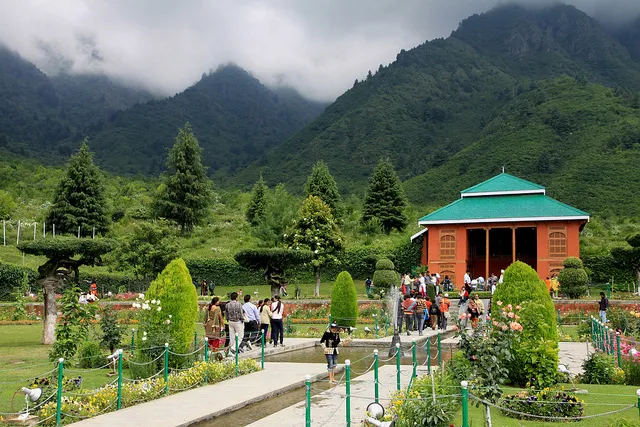
Chashma Shahi or Chashma i Shahi (translation: the royal spring), also called Chashma Shahi, is one of the Mughal gardens built in 1632 AD around a spring by Ali Mardan Khan, a governor of Mughal emperor Shah Jahan as per the orders of the Emperor, as a gift for his elder son Prince Dara Shikoh. The garden is located in the Zabarwan Range, near Raj Bhawan (Governor‘s house) overlooking Dal Lake in Srinagar, Kashmir
Enquiry Now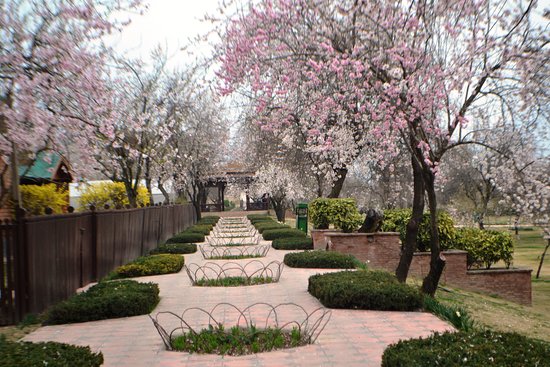
The early bloom of flowers on Almond trees in the sprawling historic Badamwari garden in Shahr-e-Khaas has become a source of attraction for nature lovers and tourists, alike. Situated on foothills of Koh-e-Maran, the 300 kanals garden was dotted with trees, flowers and cascades providing a soothing experience to the visitors. Historians maintain there was no record to suggest who laid the garden but they say it existed even before the rule of Sultan Zain-ul-Abidin in the 14th century. A well covered dome in the garden is named after an Afghan ruler, Warris Shah. The bloom on the Almond trees heralded the spring. the garden was revived and formally thrown open for public in 2008
Enquiry Now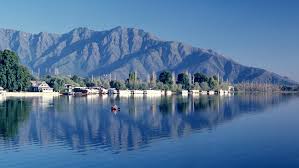
Nigeen Lake (alteratively spelled as Nageen Lake) is a mildly eutrophic. lake located in Srinagar, Jammu and Kashmir, India. It is sometimes considered a part of the Dal lake and is connected to it via a narrow strait. It is also connected to the Khushal Sar and Gil Sar lakes via a channel known as Nallah Amir Khan.
The Nigeen lake is surrounded by a large number of willow and poplar trees. Hence, it has come to be referred as a “nageena”, which means “the jewel in the ring”. The word “nigeen” is a local variant of the same word.
The lake is located adjacent to the Hari Parbat hillock, to the west of the Dal lake. To its north east lies the locality of Hazratbal, which is known for the famous shrine.
Enquiry Now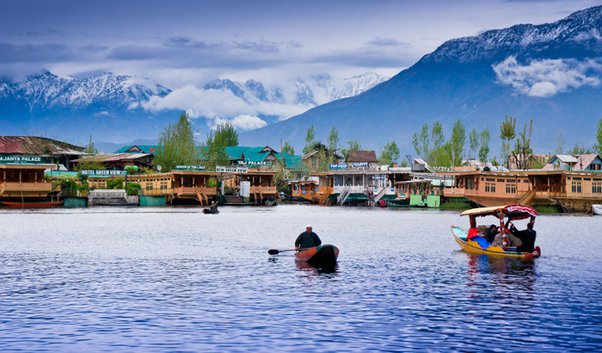
Dal is a lake in Srinagar (Dal Lake is a misnomer as Dal in Kashmiri means lake), the summer capital of Jammu and Kashmir. The urban lake, is integral to tourism and recreation in Kashmir and is named the “Jewel in the crown of Kashmir” or “Srinagar’s Jewel”.The lake is also an important source for commercial operations in fishing and water plant harvesting.
Enquiry Now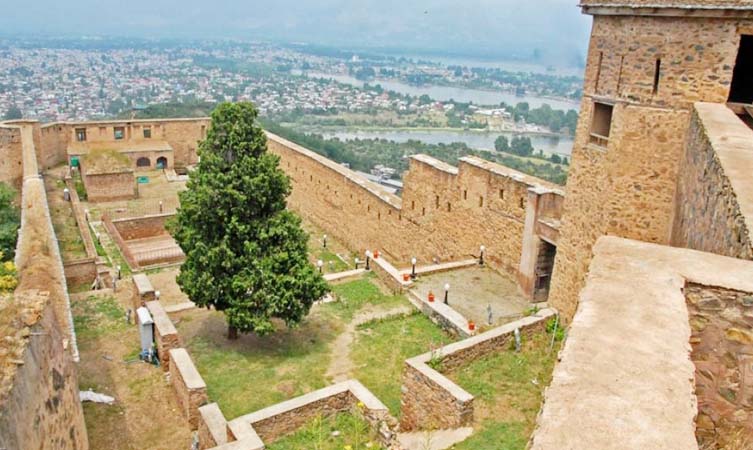
Hari Parbat is also known as Kooh-e-Maran lies on the west of Dal Lake in Srinagar, in the UT of Jammu & Kashmir. This Mughal structure was built by an Afghan Governor Atta Mohammed Khan in 18th century. Later a long wall was constructed in 1590 by Emperor Akbar. Surrounded by commendable structures from all religions, this fort sits at the top giving a spectacular view of Dal Lake.
This fort is maintained by the Archaeological Survey of India (ASI) and still stands impressive with old apartments and tall pillars. Hari Parbat provides a top view of Makhdoom Sahib shrine.
Enquiry Now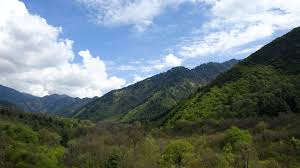
Dachigam National Park is located 22 km (kilometer) from Srinagar in Jammu and Kashmir. It covers an area of 141 sq km (square kilometer). The name literally stands for ‘ten villages’, which could be in memory of the ten villages that were relocated in order to create the park.
Dachigam was initially established to ensure the supply of clean drinking water to Srinagar city. A protected area since 1910, it was declared as a national park in 1981. The park is best known as the home of the hangul, or Kashmir stag. Dachigam is open throughout the year, but the best time to visit is between April and August. The closest airport is at Srinagar. Habitat to Kashmir Stag : Only area where Kashmir stag is found.
Enquiry Now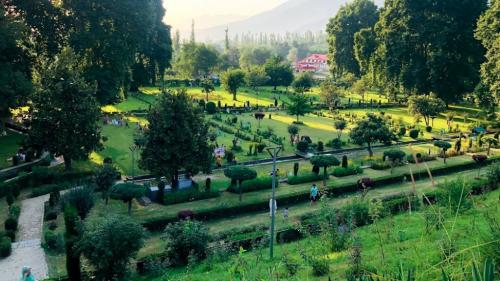
Harwan Garden, situated in Harwan Village (19 km) from Srinagar is an impressive, large and admired tourist spot. A canal, beautifully bordered with Chinar trees and blossoming flower beds, starting from a lake just behind the garden, flows through the middle of the garden.
Harwan Garden, situated in Harwan Village (19 km) from Srinagar is an impressive, large and admired tourist spot. A canal, beautifully bordered with Chinar trees and blossoming flower beds, starting from a lake just behind the garden, flows through the middle of the garden.
The major draw of the Harwan garden is its natural loveliness and charm. With greenery in the backdrop of snowy environment, this garden has big green grass lawns and attracts visitors virtually towards this place.
Reachable by taxis within half an hour, the garden is perfect place for picnics and excursions, also an ideal place for natures walk. It is the gateway to Dachi Gam Wildlife sanctuary.
Enquiry Now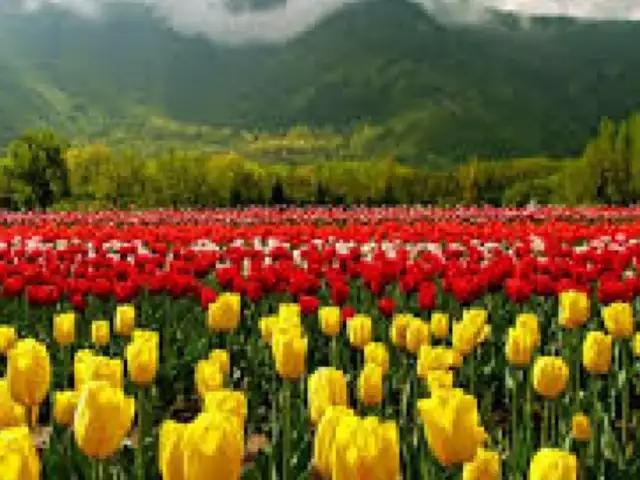
Indira Gandhi Memorial Tulip garden, previously Model Floriculture Center, is a tulip garden in Srinagar. It is the largest tulip garden in Asia spread over an area of about 30 hectares. It is situated on the foothills of Zabarwan Range with an overview of Dal Lake. The garden was opened in 2007 with the aim to boost floriculture and tourism in Kashmir Valley. The garden is built on a sloping ground in a terraced fashion consisting of seven terraces. Apart from tulips, many other species of flowers – hyacinths, daffodils and ranunculus have been added as well
Tulip festival is an annual celebration that aims to showcase the range of flowers in the garden as a part of tourism efforts by the Government of Jammu and Kashmir. It is organized during the onset of spring season in Kashmir valley.
Enquiry Now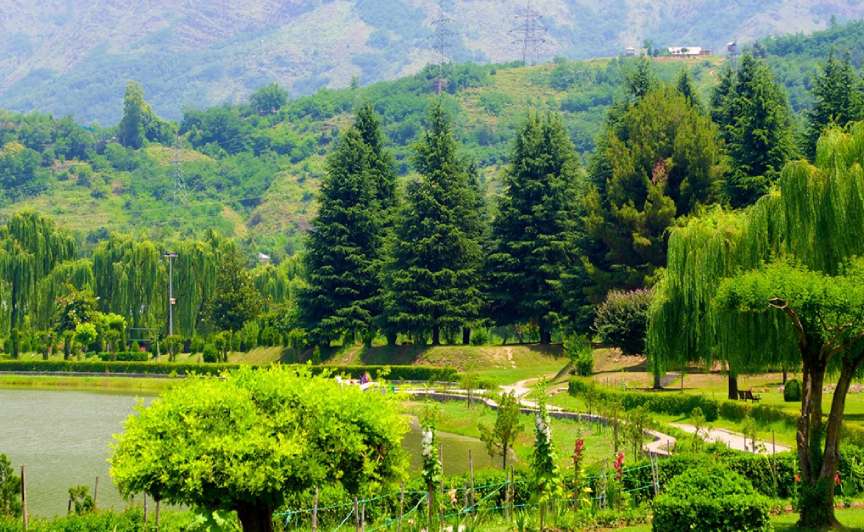
Botanical Garden was set up in 1969. Situated around the base of a hill overlooking Dal Lake. It contains many types of plants and vegetation. This garden has a collection of about 150,00 ornamental plants and a huge collection of oak varieties. It also has a rare collection of Kashmiri tropical plants. Many people from various areas of world visit this place. It has four main divisions: the Plant Introduction Centre, the Research Section, the Recreational Garden and the Botanical Garden.
Enquiry Now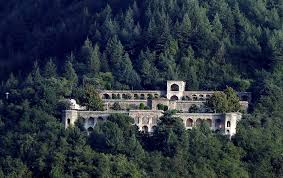
Pari Mahal or The Angels’ Abode is a seven terraced garden located at the top of Zabarwan mountain range over-looking city of Srinagar and south-west of Dal Lake The architecture depicts an example of Islamic architecture and patronage of art during the reign of the then Mughal Emperor Shah Jahan. The Pari Mahal was built by Mughal Prince Dara Shikoh in the mid-1600s. It served as a library and an abode for him. Dara Shikoh was said to have lived in this area in the years 1640, 1645, and 1654. It was further used as an observatory, useful for teaching astrology and astronomy. It is five-minute drive from Cheshmashahi Garden.
Enquiry Now